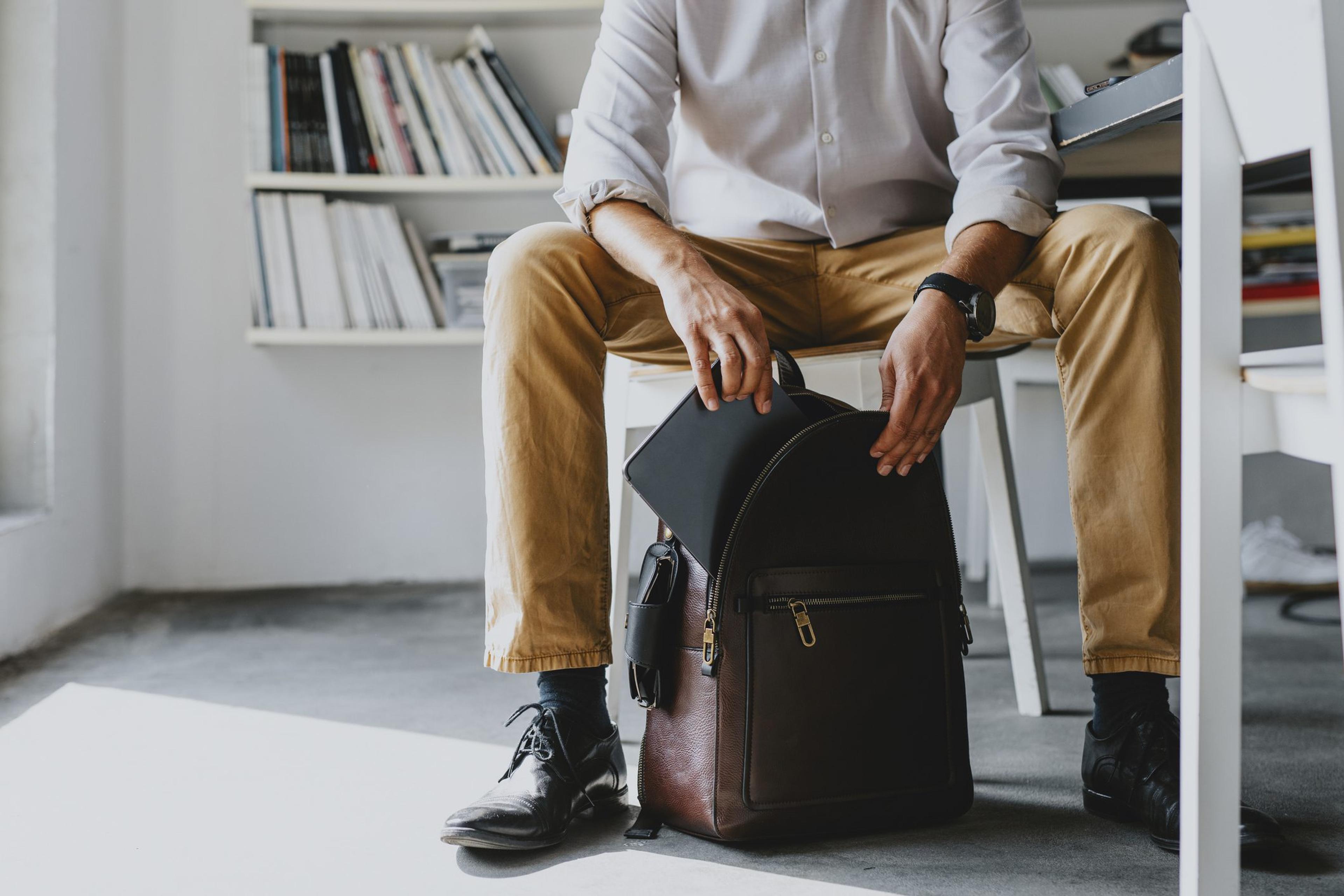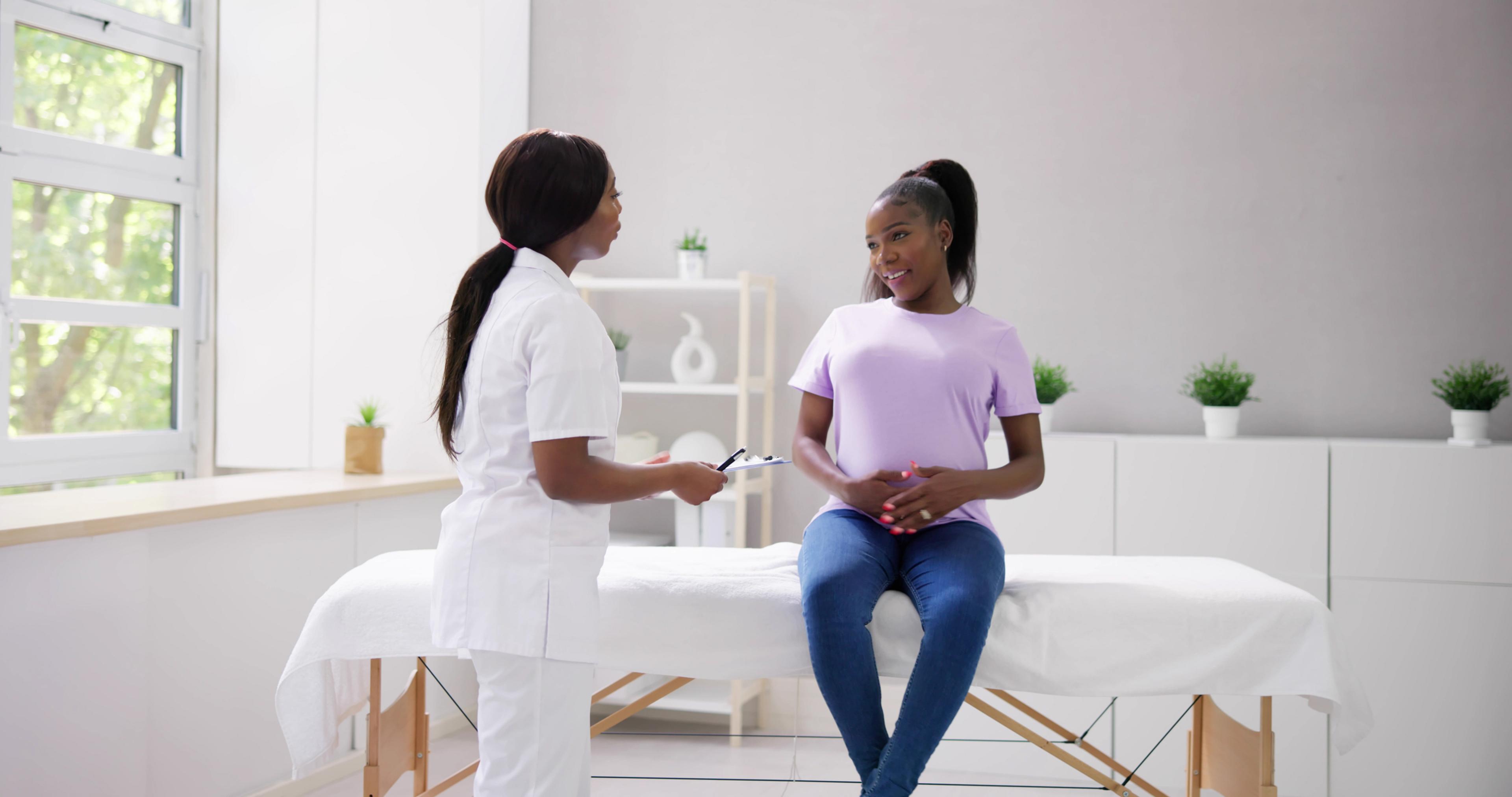Back Health and Hybrid Working: Best Ways to Take Your Workplace with You
Amy Barczy
| 3 min read
Amy Barczy is a former brand journalist who authored content at Blue Cross Blue Shield of Michigan. Prior to her time at Blue Cross from 2019-2024, she was a statewide news reporter for MLive.com. She has a decade of storytelling experience in local news media markets including Lansing, Grand Rapids, Holland, Ann Arbor and Port Huron.

Working from home and from the office has become an increasingly common practice for employers who are adapting to the challenges posed by the pandemic. For workers, this poses a new challenge: how do you maintain an office in two locations? Taking your workplace with you as you transition from the office to home and back again is part of life – but can get heavy quickly if you’re carting a laptop, files, a planner, chargers and other work materials with you. Small items can add to the overall weight quickly. Repeatedly lifting heavy objects, as well as constant strain on your back, can affect the muscles or ligaments in the back. It’s one of the causes of chronic back pain.
Tips to keep your back healthy
Here are five tips to keep your back healthy when traveling to and from the office:
- Two straps good, one strap bad
While it may have been cool in high school to sling your backpack over one shoulder, when you’re consistently a backpack it’s important to evenly distribute the weight on your body and use both straps. Shorten the straps to keep the backpack as close to your body and as high up on your back as possible. It will make the bag feel lighter. Laptop bags with a single strap worn on one shoulder can put you off balance and change the way you walk – which could lead to unexpected pain over time. If you have a messenger-style bag, make sure it can be comfortably worn diagonally across your body.
- Switch sides
If you must carry a bag with a single strap, don’t always loop it over the same shoulder. Switching up how you carry your bag can help keep your body’s muscles from becoming uneven – which could lead to musculoskeletal issues in the future.
- Weigh it
Doctors recommend that a backpack should weigh 10% to 15% of a person’s total body weight. Which means a 160-pound adult should be carrying a backpack that weighs no more than 24 pounds. Weigh your fully loaded bag to see if your pack is tipping the scales.
- Roll with it
Let a set of wheels do the heavy lifting for you. If you have to transport files to and from the office, consider investing in a wheeled filing box that functions much like a rolling suitcase. You can stack your laptop bag on top, freeing up your back from the burden.
- Use the cloud
Many workplaces have become increasingly paperless and more reliant on cloud-hosting services to access files and materials, like Microsoft OneDrive and Google Drive. Backing up your work to your company’s shared network drives or cloud-hosted drives is a good way to reduce the amount of physical paperwork and materials you need to carry to and from your office. Many modern office scanners and printers offer the ability to scan documents and email them to yourself to facilitate the digitalization process.
Listen to your back
However you decide to lighten your physical load, pay attention to the signals your body is telling you. Back pain can become more common as early as age 30. Lack of exercise, extra weight, smoking and improper technique when lifting heavy objects can be risk factors. Here are some symptoms that you shouldn’t ignore:
- Pain that persists for several weeks
- Severe pain that doesn’t improve with rest
- Pain that spreads down one or both legs, especially if it’s below the knee
- Weakness, numbness or tingling in one or both legs
- Unexplained weight loss
Call your doctor if you experience these symptoms in addition to back pain. More from MIBluesPerspectives:
- Blue Cross Programs Save Members Millions on Prescriptions
- How to Encourage Employee Well-Being Virtually
- Addressing Burnout as Employees Return to the Office
Photo credit: Getty Images





